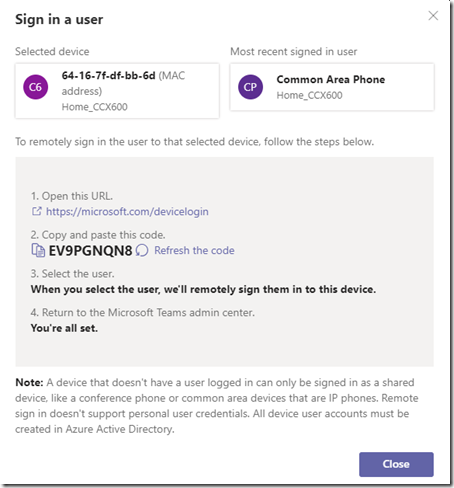

First, you'll enter your username and password, then you'll be asked to enter a one-time passcode (sometimes also called an OTP) which is typically a six- to eight-digit number. Two-factor authentication adds an extra step to that process. If you're not using 2FA on an account, your login process involves entering your username and password, and that's it. Think of two-factor authentication as an extra layer of security for your online accounts. For simplicity's sake, I'm going to refer to it as two-factor authentication or 2FA for the duration of this post.
#Office for mac is there an app that automatically updates contact list from phones 2way verification
Two-factor authentication (also sometimes written as 2FA) is also commonly referred to as two-step verification or multifactor verification. Read more: Cybersecurity Awareness Month: Time for your safety check What is two-factor, or two-step, authentication? In the spirit of cybersecurity awareness, we also recommend checking to see if your account passwords are already on the dark web (and then changing them) and seriously considering a password manager if you don't use one already (we no longer recommend LastPass, but Bitwarden is a good alternative). While two-factor authentication can be time-consuming to set up for every account, it's relatively straightforward to set up and use, and well worth the effort. Using both would boost your account security.

Two-factor verification goes hand in hand with use of a password manager that sets up and remembers complex passwords that are much more secure than a short set of words and symbols, such as P4ssW0rd*.


 0 kommentar(er)
0 kommentar(er)
